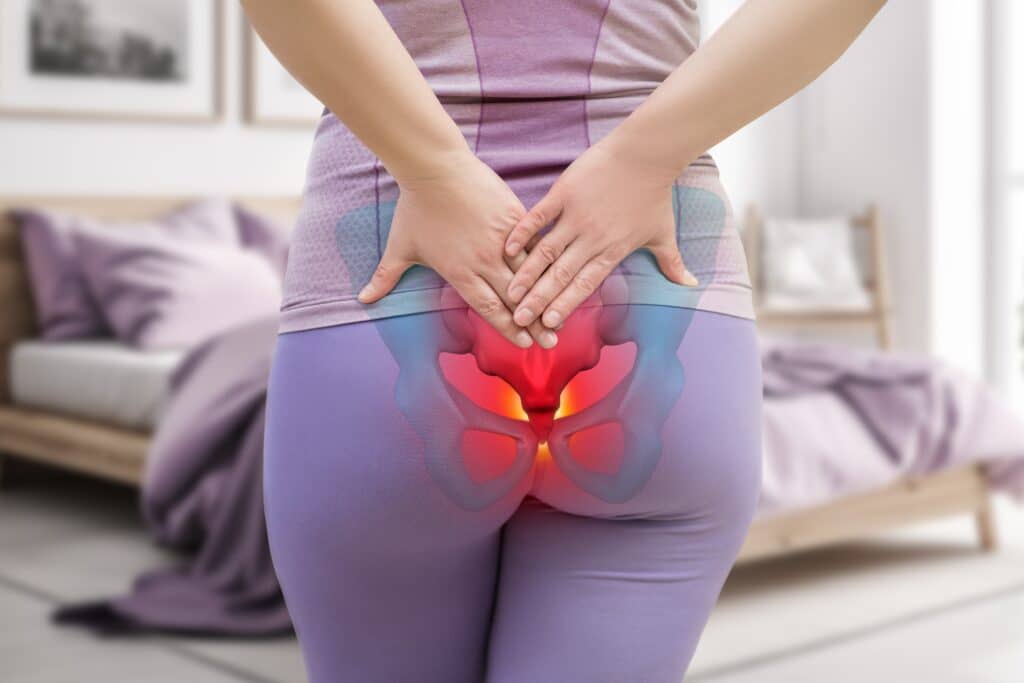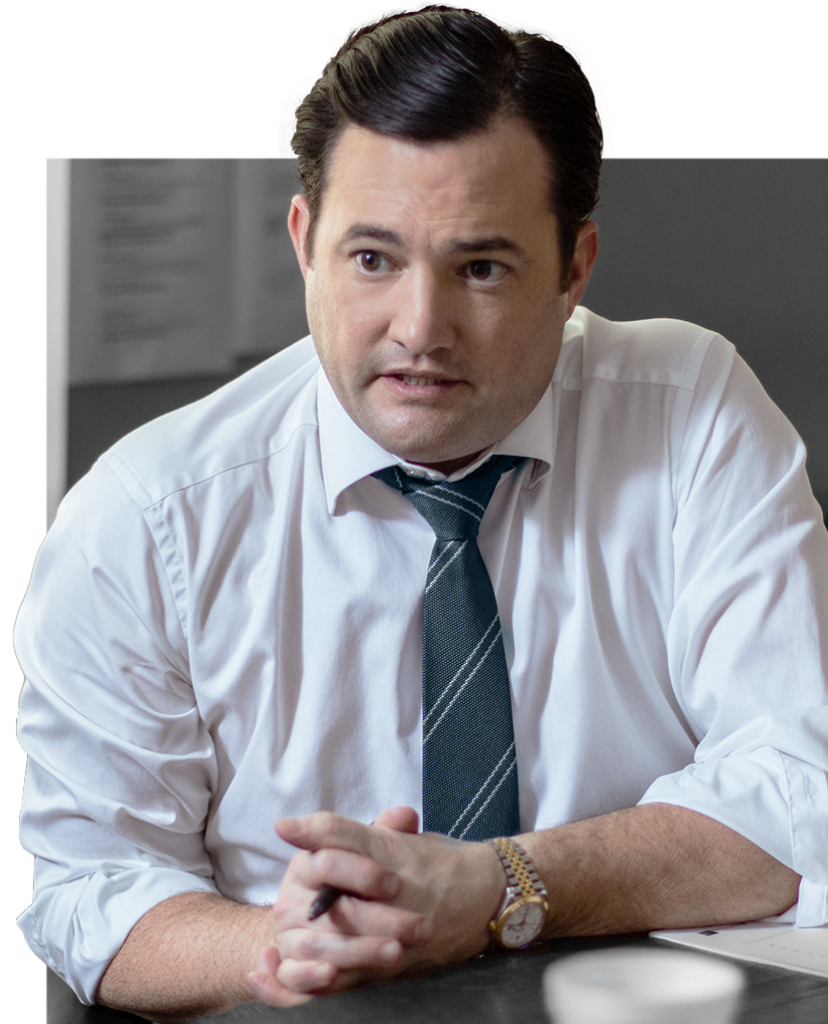You know it can be painful if you’ve ever fallen and landed on your tailbone. Sometimes, the pain is mild and goes away after a while. However, severe tailbone injuries can cause excruciating pain. You may suffer a tailbone injury from an accident caused by another person’s negligence. In that case, you should understand the potential effects of the injury and how you can recover compensation.
What Causes Tailbone Injury?
Tailbone injuries have various causes:
- Slips and falls can result in your tailbone hitting a hard surface. At the very least, the impact can bruise or fracture your tailbone in more severe cases.
- Physical activities like snowboarding, horseback riding, and cycling sometimes lead to tailbone injuries because of repetitive straining, friction, or falls.
- Car accidents, especially rear-end car collisions, can forcefully impact the tailbone, leading to injury.
- Childbirth, especially difficult deliveries, can put pressure on the tailbone and cause injury.
- Prolonged sitting on hard surfaces or poor sitting posture can injure the tailbone.
What Are the Risks of a Tailbone Injury?
A broken or bruised tailbone injury can adversely impact your life and cause mind-numbing pain. The healing process, which can be slow, usually depends on the severity of the injury. A broken or fractured tailbone may take 8 to 12 weeks to heal. A bruised tailbone will heal within a lesser time, about four weeks.
Here are some specific effects of a tailbone injury:
Bruising and Swelling
Mild tailbone injuries may lead to bruises and swelling in the injured area. Home remedies like applying an ice pack to the area or a hot bath may be enough to manage the pain. It may remain difficult for you to find a comfortable sitting position.
Restricted Mobility
Tailbone injuries can affect your range of motion. You may be unable to lift heavy objects, bend, or twist your body in some directions.
Pain and Discomfort
Tailbone injuries can cause serious pain that extends to the lower back, making sitting or performing your daily activities difficult. In extreme cases, you may have chronic pain lasting for months or years. The pain can curtail social and daily activities, reducing quality of life.
Psychological trauma
Extreme and prolonged pain from a tailbone injury can take a toll on your mental health. Victims of a tailbone injury may suffer psychological effects, such as anxiety, stress, and even depression.
Constipation
The tailbone pain sometimes intensifies when you want to stool because the injured bone is under pressure. This can cause painful bathroom experiences. Because of its location, an injured tailbone can sometimes lead to constipation and affect urination.
Infections
If the tailbone injury causes an open wound, it may become infected with bacteria and require antibiotic treatment.
What Happens if a Broken Tailbone Goes Untreated?
Some tailbone injuries may heal without treatment, and others require medical treatment before healing correctly. What if you don’t treat your tailbone injury?
Without proper medical care, you may suffer prolonged pain and discomfort. The injury may never heal and eventually require surgical intervention.
Most doctors will prescribe conservative treatment to manage tailbone injuries. They will infrequently resort to a complete or partial coccygectomy if that approach does not work. This surgical procedure removes all or part of the tailbone and can eliminate the pain after a lengthy recovery period.
Can You Injure Your Tailbone in a Car Accident?
Yes, you can injure your tailbone in a car accident. Your tailbone, also known as your coccyx, helps you to sit down and supports your weight when you move around. The tailbone is located at the bottom of the spine, consisting of three to five vertebrae or bones that are joined together. Although falling is one of the most common causes of tailbone injuries, you can also hurt your tailbone in a car accident.
When you’re thrown forward and back from the sudden impact of a crash, especially in a rear-end collision, the abrupt motion can cause your tailbone to strike the seat with significant force. Your tailbone can fracture when you land against your car’s seat.
What Should You Do if You Suspect You Broke Your Tailbone in a Car Accident?
It’s common to feel pain along your tailbone after an accident. However, the pain alone may not indicate whether your tailbone was broken or if you just bruised it. Pain associated with a bruised coccyx will typically improve with time, but the pain from a broken tailbone will most often persist and may worsen until you receive treatment.
You should see a doctor for them to determine the extent of your tailbone injuries. The doctor may examine the area around your rectum or order an X-ray to determine whether your tailbone is broken or bruised.
What Are Your Legal Options After a Tailbone Injury Caused by Another Person’s Negligence?
If you suffered a tailbone injury and someone else was at fault, you may file a personal injury claim or lawsuit against them and recover compensation.
How Can You Recover Compensation for Your Tailbone Injuries?
To recover compensation, you must prove that the other party was at fault for the accident that caused your injury. This may involve demonstrating that the other party was negligent, which requires you to prove the following elements:
- duty of care
- breach of duty
- causation
- damages
The compensation you can receive will depend on the severity of your injury and the extent of your damages.
If your case is successful, you can receive compensation for the following economic and non-economic damages:
- Medical bills, including future medical bills
- Lost wages
- Pain and suffering
- Cost of property damage
Proving your tailbone injury case may be difficult, but a personal injury lawyer can help. An experienced attorney can guide you through the legal process and fight for your rights to receive the maximum compensation for your injuries.
SOURCES:
MedlinePlus: Tailbone trauma – aftercare
NJ Spine and Orthopedic: What Happens If A Broken Tailbone Goes Untreated?
Cleveland Clinic: Tailbone Pain (Coccydynia)









